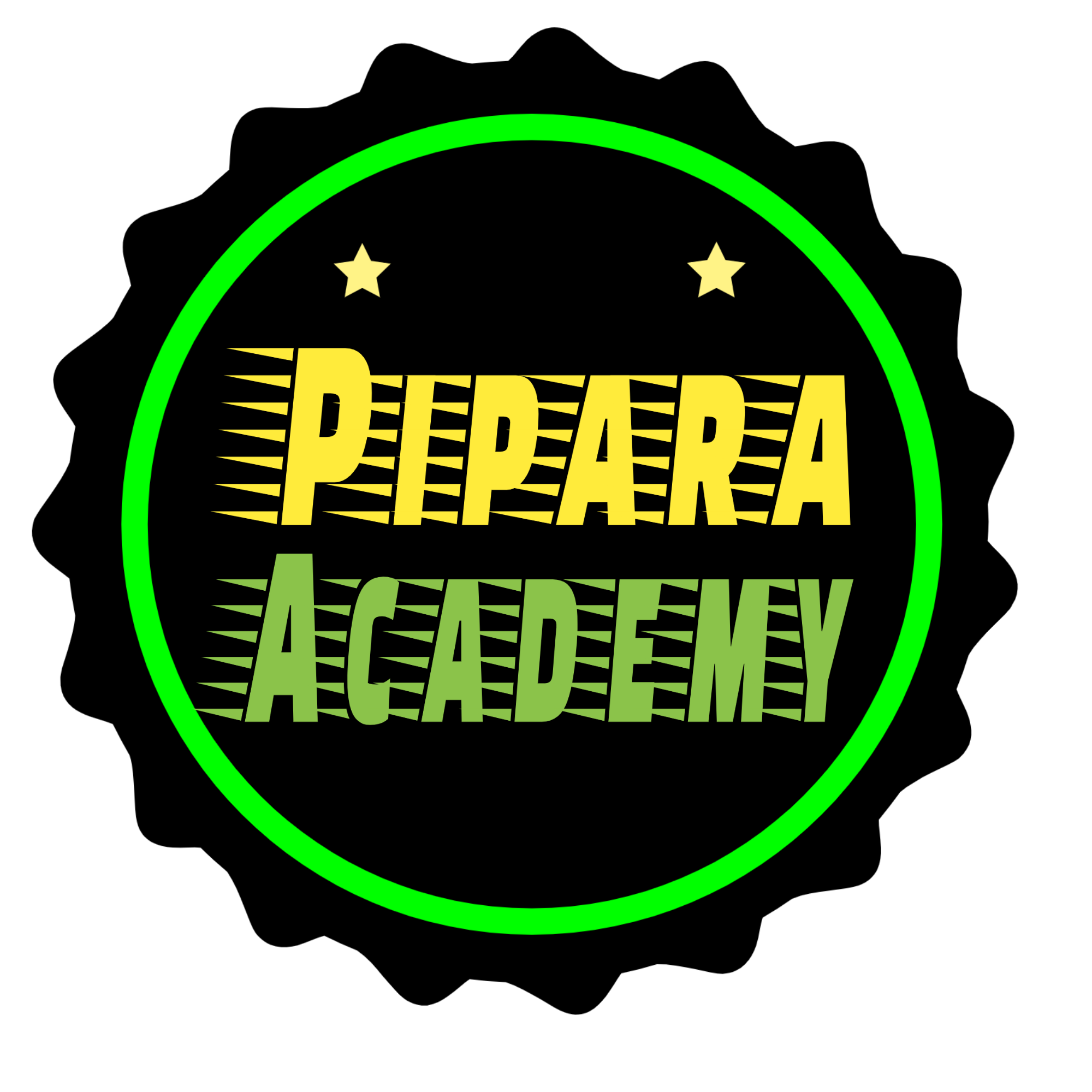Fastest Way to Become a Web Developer in 2025: A Step-by-Step Roadmap
Introduction

In today's digital era, Web Development is among the most in-demand skills. Websites, create dynamic web applications, or start a career as a full-stack developer, web development can open up numerous opportunities.
If you're looking for the fastest way to become a web developer, this provides a structured step-by-step roadmap to help you achieve your goals efficiently.
Step 1: Master HTML & CSS
HTML and CSS form the foundation of web development. HTML structures the webpage, while CSS styles it to create an engaging user experience.
Key Topics to Learn:
- HTML Elements (Divs, Forms, Headings, Lists, etc)
- CSS properties (Margins, Padding, Flexbox, Grid, etc.)
- Responsive Design & Media Queries
- CSS Frameworks (Tailwind CSS, Bootstrap)
Hands-On Project:
- Social Media Clone: Create a Feed Page using HTML & CSS
- Bonus: Learn Tailwind CSS for faster styling
Step 2: Learn JavaScript (JS)
JavaScript makes web pages interactive. It is an essential programming language for frontend and backend development.
Key Topics to Learn:
- Variables, Functions & Loops
- Object-Oriented Programming (OOP) Concepts.
- Event Handling & DOM Manipulation
- ES6+ Features (Arrow functions, Promises, Async/Await)
Hands-On Project:
- Social Media Clone: Implement Create & Delete Post Functionality.
- 2048 Game: Build a simple JavaScript-based game.
Step 3: Master React.js
React is the most popular JavaScript library for building user interfaces.
Key Topics to Learn:
- React Components & JSX
- State Management & Hooks
- React Router for Navigation
- Redux for State Management
Hands-On Project:
- Social Media Clone: Refactor your project using React Framework
Step 4: Learn Backend Development (Node.js & MongoDB)
To become a full-stack developer, you must understand backend development. Node.js allows JavaScript to run on the server, while MongoDB is a NoSQL database
Key Topics to Learn:
- Node.js & Express.js Framework
- REST APIs & CRUD Operations
- MongoDB & Mongoose
- Authentication & Authorization
- WebSockets for Real-time Apps
Hands-On Project:
- Social Media Clone: Add polymorphic features
- Deploy Your Project using Vercel or AWS
Step 5: Work on Unique Projects
Once you have mastered frontend and backend development, start working on unique projects to enhance your portfolio.
Project Ideas:
- AI-Powered Chatbot using OpenAI API
- E-commerce Website with Payment Gateway Integration
- Real-time Chat Application with WebSockets
- Portfolio Website to showcase your work
Conclusion
Becoming a web developer in 2025 is easier than ever with the right roadmap. By following these steps and working on hands-on projects, you can quickly build the skills needed to land a job or launch your own web-based business. Are you ready to start your web development journey? Let’s build something amazing!
Bonus: Free Learning Resources
- HTML & CSS: MDN Web Docs
- JavaScript: JavaScript.info
- React: React Official Docs
- Node.js & Backend: Node.js Docs
FAQs
Q1: How long does it take to become a web developer? A: With consistent practice (3-4 hours daily), you can become a job-ready web developer in 3-6 months.
Q2: Do I need a computer science degree? A: No! Many self-taught developers learn through online courses, projects, and practice.

.jpg)



